Tramadol 100mg
$100.00 – $575.00Price range: $100.00 through $575.00
Fast Us to Us Delivery
No Prescription Needed
SKU: RXP21
Category: Pain Medication
| Quantity | 30, 60, 90, 180, 360 |
|---|
Be the first to review “Tramadol 100mg” Cancel reply
Related products
Pain Medication
$275.00 – $450.00Price range: $275.00 through $450.00
Pain Medication
$225.00 – $329.00Price range: $225.00 through $329.00
Pain Medication
$300.00
Pain Medication
$300.00
Pain Medication
$300.00
Pain Medication
$275.00
Pain Medication
$275.00 – $450.00Price range: $275.00 through $450.00
Pain Medication
$275.00 – $450.00Price range: $275.00 through $450.00

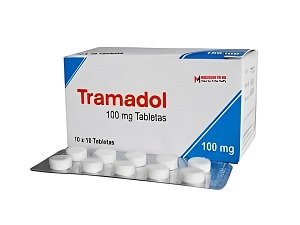




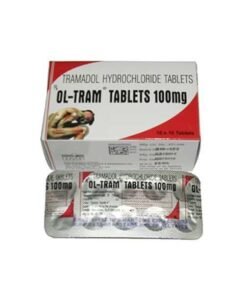
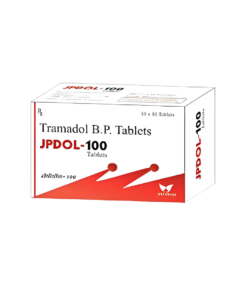
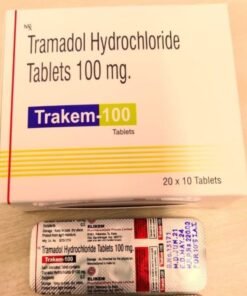
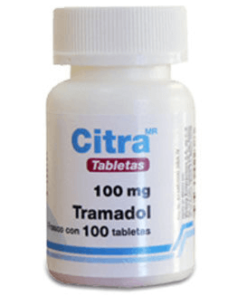
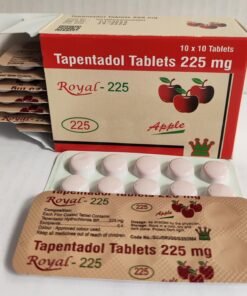
Reviews
There are no reviews yet.